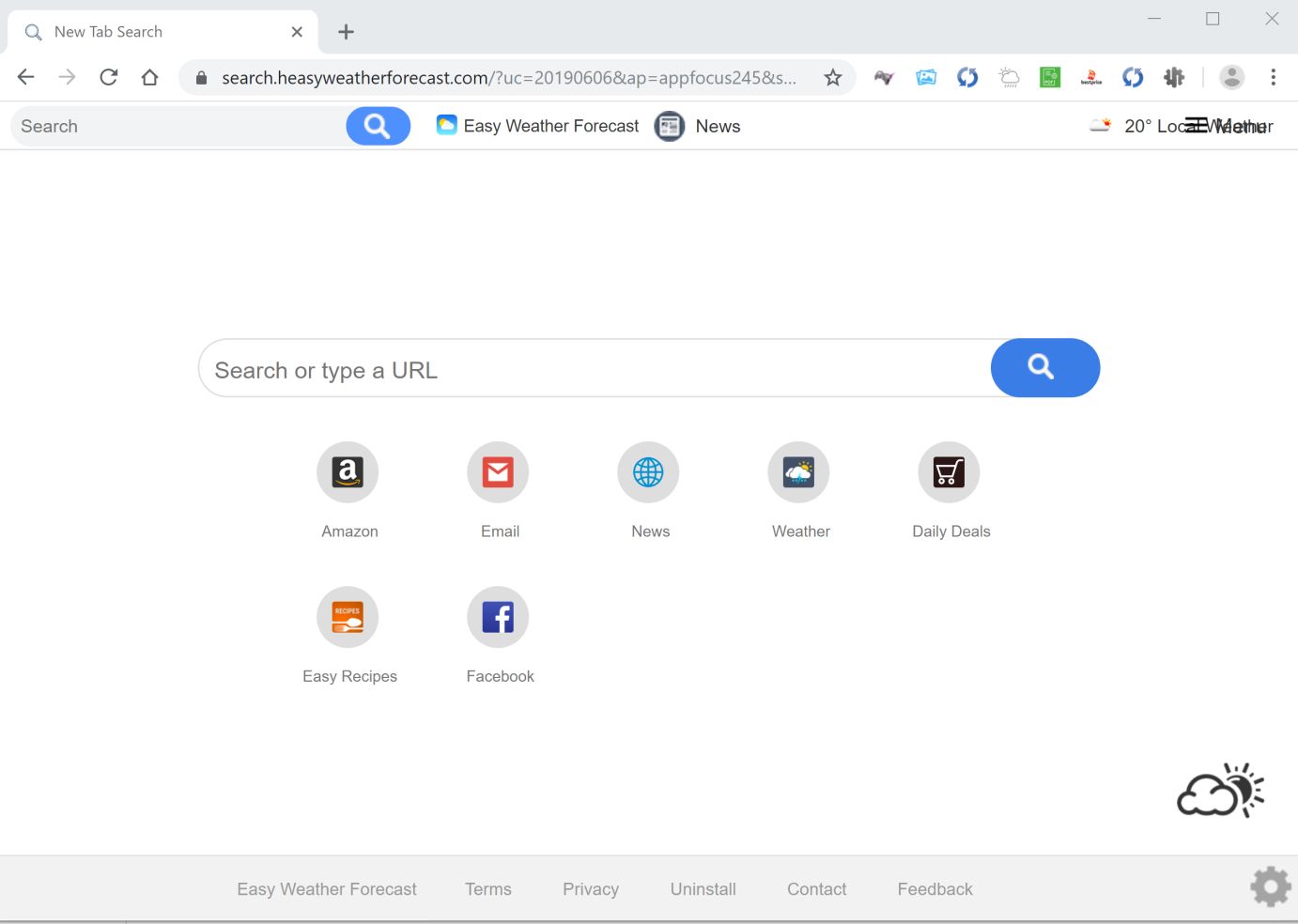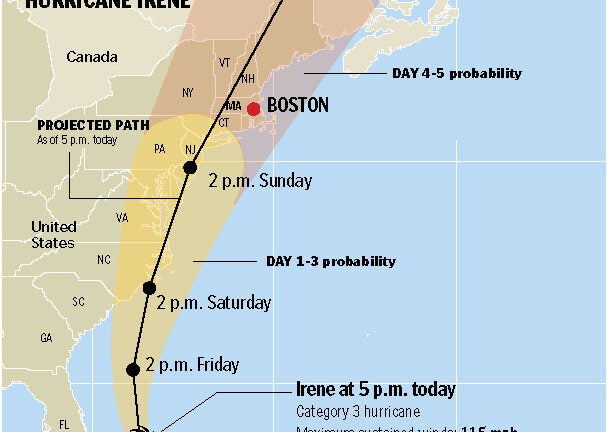
People and pets shouldn’t come into contact with the spray until it has dried. Choose an insecticide that contains both an adulticide, such as permethrin, that kills adult fleas, and an insect growth regulator, such as methoprene or pyriproxyfen, that kills the eggs, larvae, and pupae. Aerosol sprays are recommended over the foggers, as you can direct the spray under beds or other places that the foggers may be unable to reach. If the infestation is severe, consider getting rid of old bedding and starting anew.

To do this, you must treat your pet and its living environment at the same time. This means that you have to tackle the problem from all angles in order to truly eradicate the infestation. The remaining 95 percent is thought be the eggs, larvae, and cocoons spread throughout your house. It’s estimated that only 5 percent of a flea infestation can be attributed to the adult fleas unwillingly hosted by your pet. If your pet is a walking carrier of mature fleas, your home can become the nursery. On average, adult fleas live from several weeks to several months. If the weather isn’t ideal and there isn’t a host to feed on, flea larvae may remain dormant for months while waiting for better conditions to develop. In these conditions, fleas have a life cycle of 18 to 21 days. The ideal temperature range is 80 to 90☏ (26 to 32 ☌) with 70 percent humidity. The life cycle of the flea depends on environmental conditions. Their strong legs allow them to jump as far as 13 inches in distance.



On average, fleas are 2.5 millimeters long, making them visible to the naked eye. Itching is a telltale sign of a flea infestation. However, if your family pet has fleas, it’s likely that your yard, house, and furniture will be targeted next. They’re small enough to get around easily and agile enough to be called acrobatic.įleas generally prefer four-legged hosts to humans. Fleas are some of the most annoying pests to deal with.


 0 kommentar(er)
0 kommentar(er)
